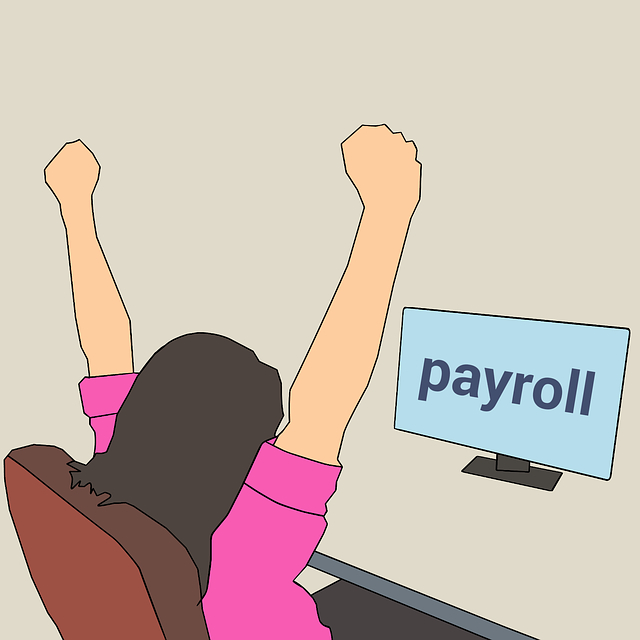In most business environments, the act of paying staff directly into their bank account is usually slick, quick and accurate thanks to the use of modern payroll systems.
It’s hard to believe how far things have come since the Ancient Greeks carved payroll records into stone to record payments. Payroll has certainly moved on since becoming mainstream during the 19th century with the onset of mass employment.
Moving with the times
As with many other business functions, payroll has benefitted from the march of technology to provide systems that get the job done with more automation – and thus less ‘human time’ – required along with other labor savers such as printable, secure checks to speed up paper payments.
Although the origins can be traced as far back as the 1950s, computerized payroll really came of age in the 1980s and this was a definite ‘staging post’ in drastically reducing the admin time payroll took.
Into the 21st century
Into the 2000s, payroll has become available for more organizations than purely larger ones; accounting software vendors offer many variations on payroll packages designed to suit businesses of all sizes, even down to the one-person operation.
Customization and versatility has been a feature of payroll development so far this century; users of accounting packages to include payroll can choose a configuration that suits their business needs with the bonus that it’s usually easily adaptable should their requirements change.
The cloud revolution
One key reason why versatile and powerful payroll software is available to more – and can be easily adapted – is due to cloud technology. In common with other types of software, accounting packages are often available via the cloud, as opposed to being supplied on disc or via direct download as would have been the case in previous years.
This means businesses don’t have to invest in more (and expensive) physical storage to accommodate software, so making its use more financially viable. Also, it’s easier and less expensive to upgrade when the time comes compared to having to invest in add-on software or maybe an entirely new version.
Access to software is one of various advantages the cloud offers business.
Versatility and added features
Payroll demands have increased as organizations have to provide more comprehensive facilities for efficient payroll. For example, along with staff salaries, there are also increasing occasions where a company may use outside contractors such as software experts, web designers and so forth and their invoices may fluctuate depending on what levels of service they provide in a given month.
Also, payroll developments have focused on improving security in the light of increased fraud and security risks; printing tamper proof checks that can’t be amended or photocopied as mentioned above being a good example.
Third party payroll services
While accounting software has brought automated payroll within the reach of many smaller businesses as discussed above, there’s a profusion of specialist payroll companies – more than 2,000 at the last count – providing companies in the US with outsourced payroll services and there are advantages to considering this approach.
Advances in software make it possible for these payroll specialists to provide a service tailored to companies of various types and sizes, and sometimes companies will partially use outsourcers in a kind of ‘hybrid’ fashion.
For example, they may take care of functions such as check runs and basic staff payments themselves while the outsourcer deals with deductions such as health care and taxes.

